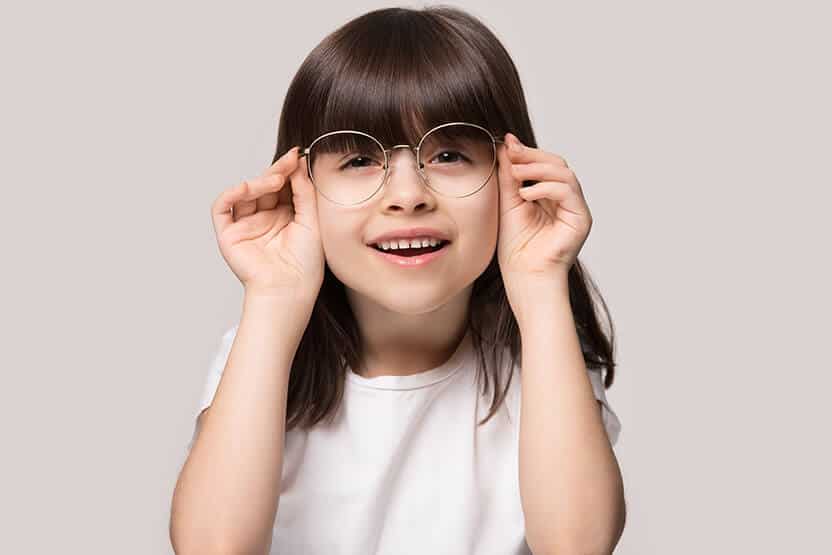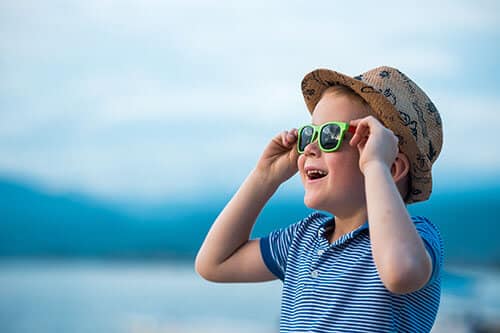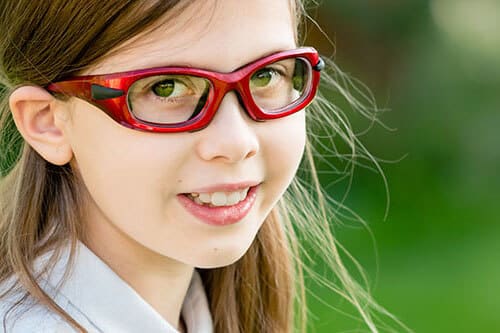
Many conditions are reversible if they’re caught early enough in a child’s life. Regular eye exams are critical to your child’s healthcare and should be scheduled as regularly as doctor and dentist appointments.
With an average of one in four children having an undetected vision problem that can interfere with the ability to read and learn, proper eye care and eyewear are critical to performance inside the classroom and in your child’s everyday life.
Near vision is not tested in the simple eye screenings offered in schools—and near vision is especially important for reading books and seeing the computer screen clearly. Also, some of the most common children’s vision problems such as eye coordination, lazy eye, and farsightedness can be missed in an eye screening.
Early detection will help preserve healthy eyesight for a lifetime. Common signs of possible vision problems in school-aged children include:
Experiencing one or more of these symptoms does not necessarily mean your child has a vision problem. However, having an eye exam by an eye care professional is the best way to rule out any vision problems or address any vision issues.
Children’s eyes are naturally more sensitive to environmental factors that can be damaging to their eyes:


Tens of thousands of sports and recreation-related eye injuries occur each year. The good news is that 90 percent of serious eye injuries are preventable through use of appropriate protective eyewear. The risk of eye injury can vary depending on the activity. Make sure the level of eye protection you or others in your family use is appropriate for the type of activity. Regular eyeglasses do not offer proper eye protection.
For all age groups, sports-related eye injuries occur most frequently in baseball, basketball and racquet sports.
In baseball, ice hockey and men’s lacrosse, a helmet with a polycarbonate (an especially strong, shatterproof, lightweight plastic) face mask or wire shield should be worn at all times. It is important that hockey face masks be approved by the Hockey Equipment Certification Council or the Canadian Standards Association (CSA).
Protective eyewear with polycarbonate lenses should be worn for sports such as basketball, racquet sports, soccer and field hockey. Choose eye protectors that have been tested to meet the American Society of Testing and Materials (ASTM) standards or that pass the CSA racquet sports standard. More than 90 percent of all eye injuries can be prevented through use of suitable protective eyewear. The Family Eye Care Center offers a large selection of protective eyewear for all ages, with Liberty Sport protective eyewear.
If an eye injury occurs, see an eye care professional or go to the emergency room immediately, even if the eye injury appears minor. Delaying medical attention can result in permanent vision loss or blindness.
Click the button below to schedule a pediatric eye exam.
Schedule an Eye Exam